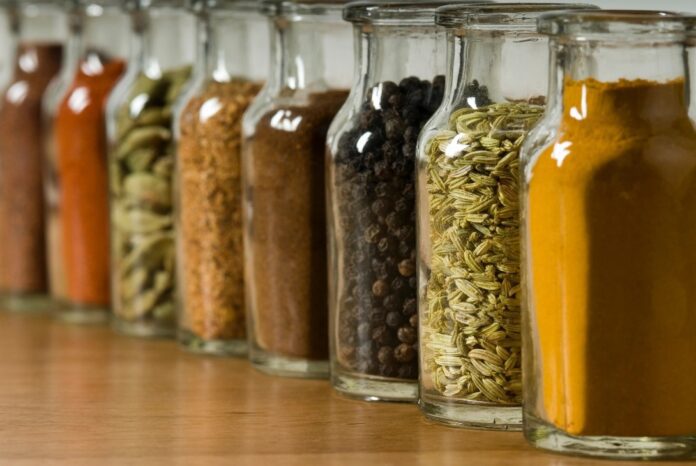Bottled and jarred packaged goods – The food and beverage industry is one of the world’s biggest and most rapidly growing industries. Bottled and jarred goods are two of the main packing systems and have used within the industry.
As the number of food companies and products continues to grow, so too does the demand for packaging materials. Glass and plastic are two of the most commonly used materials in this industry. But before deciding which material is best for you, it is important to know the advantages and disadvantages of each.
Packaging plays a major role in product marketing and can hugely impact consumers. It can draw attention to the product or persuade customers to choose it. Packaging is also key in the market, being the first thing that customers come into contact with. The quality of the packaging can shape the customer’s opinion of the product, so it is important to master the skill of packaging in order to promote the product in an engaging manner.
What are Packaged Goods?
Packaged goods are items that come in containers or packages commonly bought at the grocery store. These have generally created by significant businesses. And these have offered at grocery stores around the world. Packaged goods are usually sold in large quantities, particularly if they have created in massive factories. Packaged goods comprise Nuts, candies, biscuits, juices, soft drinks, and packaged food. Various packaging methods have utilized for different types of packaged goods. For example, glass jars have used to package canned fish, while plastic bottles have utilized to package juice and soft drinks.
“Packaging” is the act of enclosing or protecting the item for distribution, storage, sale, and use. Packaging can be considered a fundamental piece of a product’s advertising, branding, and design. Packagings makes the first impression of a product to the customer and encourages them to buy the product. A package can include the item, a container, a wrapper, a dispenser, and/or a guidance leaflet.
Material for Bottled and Jarred Packaged Goods
The most popular materials used for bottled and jarred packaged goods are plastic and glass bottles. And as well as glass canisters, and cardboard packaging are also useable. Plastic bottles are affordable and convenient, but not environmentally friendly. Glass bottles are recyclable, renewable, and durable, but prone to breakage. Glass canisters are also environmentally friendly and come with airtight lids to prevent contamination and spoilage. Cardboard packaging is lightweight and cost-effective, and also helps keep food fresh. All of these materials have their own advantages and disadvantages, so it’s important to choose the one that best meets your needs.
Use of Bottled and Jarred Packaged Goods
Jarred and bottled packaged products are often used by customers to store liquids and food for long periods of time, without spoiling. The packaging used also helps to protect the food from the sun’s rays and other environmental elements. Nowadays, these containers can use to keep fish, vegetables, meat, juices, milk, pickles, and more safe and sound.
Good and Bad Aspects of Bottled and Jarred Packaged Goods
When it comes to packaged goods, there are a variety of options to choose from. Bag and box items are one option, while bottle and jar items are another. Each has its own set of pros and cons that should consider when deciding which type of packaging is right for your product or item. It’s important to weigh the advantages and disadvantages of each before making a final decision. Thus, these are the following.
Advantages
There are many advantages to using bottled and jarred packaged products.
- Firstly, it is highly hygienic, as the materials used are non-oxidizing and safe from harmful radiation.
- You can also use these materials for the thermal packing of food products to ensure it stays fresh for a longer period. Not to mention, you can use the same bottles and jars for long-term storage purposes, as they are scalable and cost-effective solutions.
- Moreover, these packaging materials offer transparency. And as well as it allows customers to identify what is inside the container quickly.
- Additionally, they are convenient as they are easy to use and can keep anywhere. Last, but not least, they are eco-friendly, as they are 100 percent recyclable, leaving no trace of harm to the environment.
Disadvantages
- Fragile packaging can a concern. Bottles and jars look attractive, but they can easily damage. If you are using glass packaging, it can especially pricey and prone to breakage.
- The cost of glass bottled packaging is usually higher than for other materials, making it an expensive option.
- Food packed with preservatives can have a negative effect on our health. Many people refuse to eat such food as it contains preservatives. Even expecting mothers have recommended staying away from such packaged food and canned drinks.
- The taste and natural color of food can often lost due to the addition of chemicals, even when stored in glass jars. Spending money on expensive jars doesn’t guarantee that you’ll keep the taste and natural color intact.

